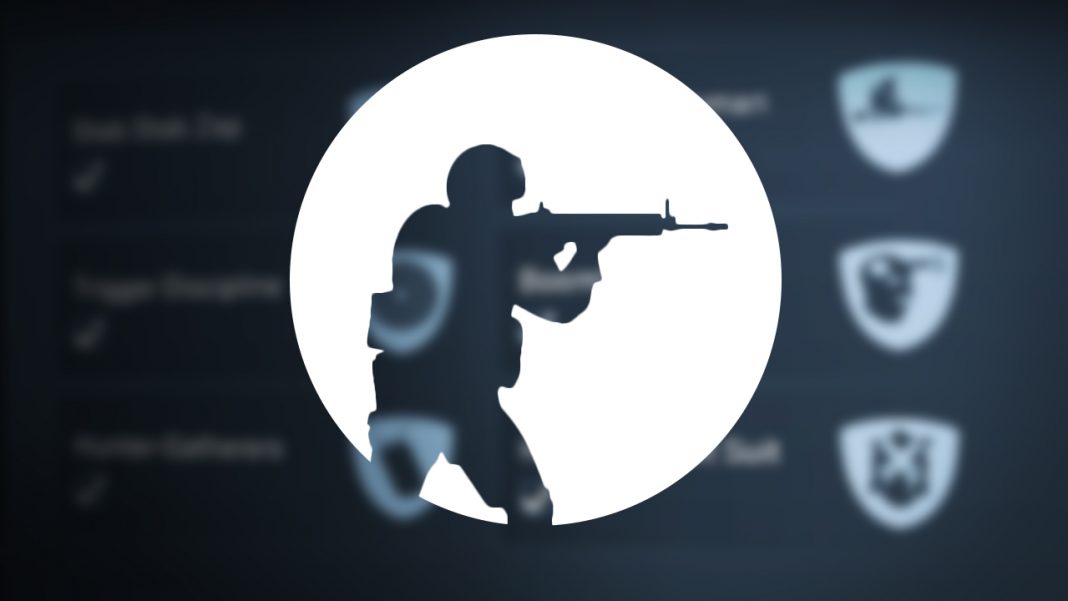The Playmaker: An Ambiguous Role
Unlike other esports such as League of Legends or DOTA 2, CS:GO has never had clear-cut definitive roles. Although there are roles, for example everyone knows what an entry fragger or a lurker might be, players are not locked into these positions. Players have the freedom to move around the map and swap roles or positions on the fly, making Counter Strike much more dynamic as an esport.
One important role in CS:GO that is not truly defined is that of a playmaker. Playmaking in CS:GO comes in all shapes and forms. It may come from an entry fragger getting two quick kills and opening a sight up or from an AWPer racking up kills and shutting down a site on the CT side. Wherever it comes from, playmaking is crucial to the success of a team. However, the role of a playmaker is a double-edged sword. Although they may be able to single-handedly win a round for you, they may also sometimes throw away a round. There is a level of risk involved in trying to make plays, which is why there is a lack of consistency from these sorts of players. They are very streaky, and although they appear to be explosive and impactful when everything is going great, they often look terrible in the rounds where they fail and their stats usually even out over time.
Prime Example
The most famous example of this sort of player is probably Jesper “JW” Wecksell 2014-2015 Fnatic. On arguably the best CS:GO team of all time, JW was certainly a wildcard known for his crazy AWP shots and seemingly random plays. JW was a very explosive player but was inconsistent with his results. The team got its consistency from Olof “olofmeister” Kajbjer Gustafsson and Freddy “KRiMZ” Johansson who were each at one point considered the best player in the world. When JW’s volatile playmaking was working, they were unstoppable, but if his risky style did not pan out, the team was able to grind out wins because they had a solid foundation.
Flash in the Pan
Mikail “Maikelele” Bill was another great example of a playmaker during his time on Ninjas in Pyjamas. As their AWPer, Maikelele had a very risky, fast-flicking style that looks amazing when it works, but looks terrible when it fails. With Patrik “f0rest” Lindberg and Christopher “GeT_RiGhT” Alesund on the lineup, Maikelele was never the best player on the team. He has put up good performances with highlight reel plays, but the consistency comes from their two stars. In fact, Maikelele’s stats leveled off over time and are just above average while on NiP.
An Up and Coming Wildcard
A more current example of this type of player is Henrique “HEN1” Teles on Immortals. The Brazilian lineup originally garnered a lot of hype because of HEN1’s incredibly fast firing speed on the AWP. As his numbers leveled off, it became evident that players like João “felps” Vasconcellos and Ricardo “boltz” Prass were the stable performers providing the team with consistent fragging. While they don’t hit the same peak form as HEN1, they also don’t fall into the valleys that HEN1 can when his style is not working. The team has continued to improve over time as they defined their roles and can now function with HEN1 trying to make plays.
These sorts of high-risk/high-reward players can be very effective and are sometimes crucial to the success of teams. But they must have more stable and consistent players ahead of them in their team’s pecking order to mitigate their mercurial nature. If a team can have consistent stars, then the explosive output of a playmaker can put them over the top making them very dangerous.
